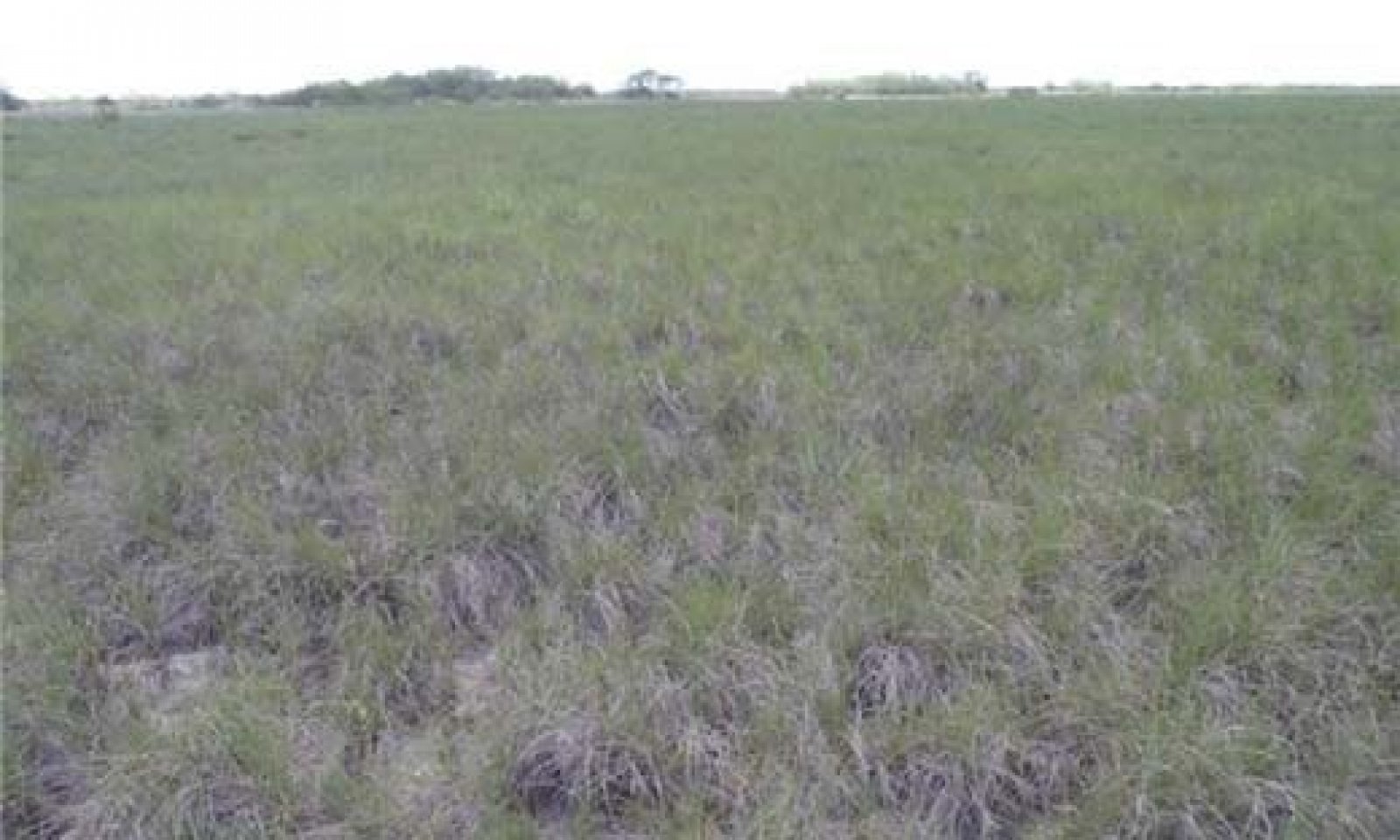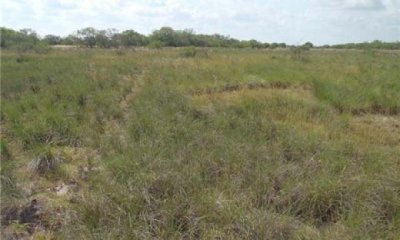
Sandy Flat
Scenario model
Current ecosystem state
Select a state
Management practices/drivers
Select a transition or restoration pathway
-
Transition T1A
Absence of disturbance and natural regeneration over time
More details -
Restoration pathway R2A
Removal of woody species and reintroduction of historic disturbance return intervals
More details -
No transition or restoration pathway between the selected states has been described
Target ecosystem state
Select a state
Mechanism
Woody plants will occasionally establish on this ecological site, but will not create a canopy cover over 20 percent. Woody plants will germinate in between periods of water inundation, but are not typically a persistent part of the plant community.
Mechanism
Land managers may want to restore this ecological site to the Native Grassland State (1). Once in the Woody Complex (2), mechanical or chemical brush control can be used to remove unwanted woody plants, but often the herbaceous component is the main focus. Prescribed burning will have a positive impact on recruitment of desirable grass species. The restoration process is heavily dependent on favorable weather and patience. Land managers can plant native seed to speed up restoration efforts or can rely on seed that is already in the soil. Extensive soil disturbance is not recommended because of the salty nature of the subsoil. Grazing pressure on restoration sites should be deferred for a minimum of one growing season, but it is often necessary to defer livestock grazing completely or carefully graze for years before the desired plant community can develop.
Model keys
Briefcase
Add ecological sites and Major Land Resource Areas to your briefcase by clicking on the briefcase (![]() ) icon wherever it occurs. Drag and drop items to reorder. Cookies are used to store briefcase items between browsing sessions. Because of this, the number of items that can be added to your briefcase is limited, and briefcase items added on one device and browser cannot be accessed from another device or browser. Users who do not wish to place cookies on their devices should not use the briefcase tool. Briefcase cookies serve no other purpose than described here and are deleted whenever browsing history is cleared.
) icon wherever it occurs. Drag and drop items to reorder. Cookies are used to store briefcase items between browsing sessions. Because of this, the number of items that can be added to your briefcase is limited, and briefcase items added on one device and browser cannot be accessed from another device or browser. Users who do not wish to place cookies on their devices should not use the briefcase tool. Briefcase cookies serve no other purpose than described here and are deleted whenever browsing history is cleared.
Ecological sites
Major Land Resource Areas
The Ecosystem Dynamics Interpretive Tool is an information system framework developed by the USDA-ARS Jornada Experimental Range, USDA Natural Resources Conservation Service, and New Mexico State University.


